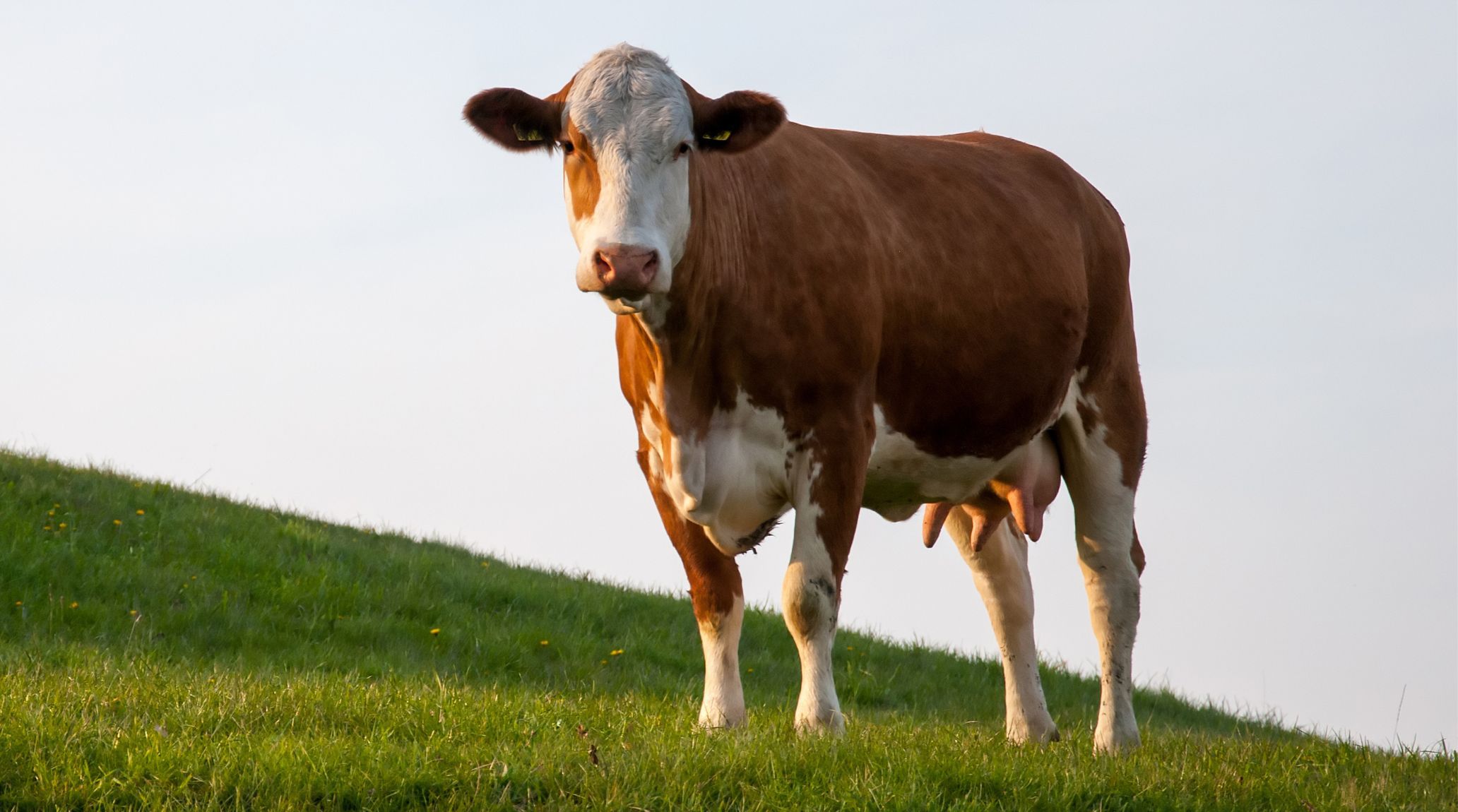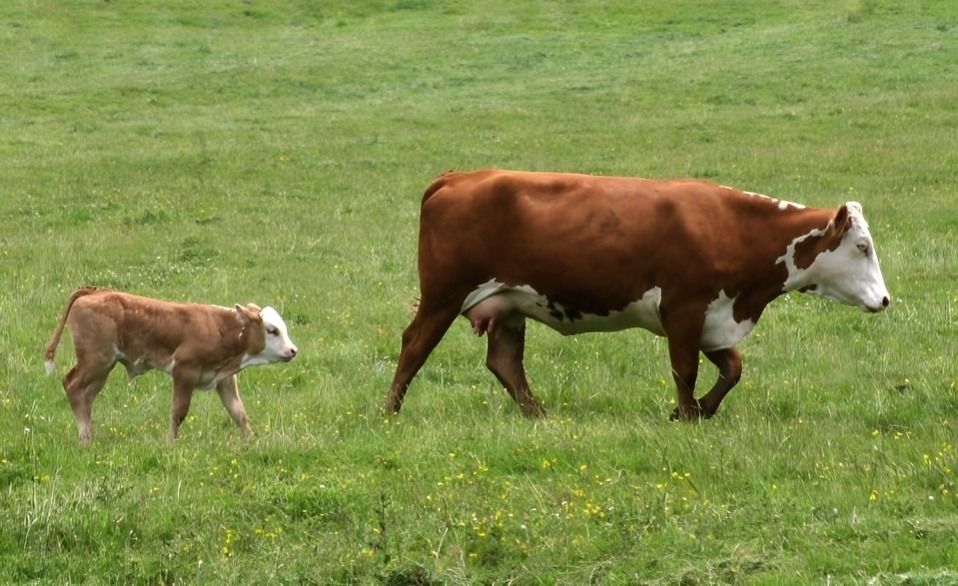
“
Cows, also known as cattle, are fascinating animals that play a crucial role in agriculture and our daily lives. This blog is packed with 20 fun and educational Cows Facts For Kids designed especially for young learners. Join us as we dive into the world of cows and discover what makes them so special!1
1
”
With panoramic vision, cows can see nearly 360 degrees around them. This broad field of view helps them detect potential threats. Additionally, their keen hearing allows them to perceive a range of frequencies beyond human capabilities. 1
There are over 1 billion domesticated cows worldwide. This quality makes them one of the most populous large mammals on Earth. They play a critical role in agriculture, providing essential products like milk, meat, and leather. 2
The average dairy cow produces about 6.3 gallons (24 litres) of milk per day. This amount can vary depending on factors like breed and diet. Dairy cows are a significant source of nutrition for many people around the world. 3

Similar to humans, cows have a gestation period of about 9 months. This period culminates in the birth of a calf, which is capable of standing and walking shortly after birth. This development is crucial for the calf’s survival in the wild.
The oldest recorded cow, Big Bertha, lived an impressive 48 years and 9 months. Born in 1944, this Dremon cow was owned by Jerome O'Leary from Blackwatersbridge, Co. Kerry, Republic of Ireland, and passed away in 1993. 4
A cow's heart beats between 60 and 70 beats per minute. This steady rhythm helps to circulate blood through their large bodies. Maintaining this steady heartbeat supports their overall health and well-being. 5
Cows can sleep standing up because of a unique mechanism called the "stay apparatus" in their legs, which allows them to rest while standing. However, they also lie down to rest for longer periods, which is important for their health. 6
Cows are surprisingly fast and can run at speeds of up to 35 miles per hour. This impressive speed helps them escape predators and navigate their environment efficiently, despite their typically calm and gentle demeanor. 7
Cows spend about 8 hours a day eating, primarily grazing on grass and other vegetation. They then regurgitate their food as cud to chew it thoroughly. This process aids in better digestion and nutrient absorption. 8
As herbivores, cows consume a diet primarily composed of plants and grasses. Their digestive system is specifically adapted to break down and utilize these fibrous materials. This specialization helps them thrive on a plant-based diet. 9
Cows play a significant role in agricultural ecosystems, but their digestive processes also produce methane. Methane is a potent greenhouse gas that contributes to climate change. 10
Under optimal conditions, cows can live up to 15-20 years. Their lifespan depends on factors such as breed and environment. Proper care and nutrition are crucial for ensuring they reach their maximum potential lifespan. 11
Cows have a strong maternal instinct and are very protective of their calves. This instinct ensures the survival and well-being of their offspring. Maternal care is critical for the development and safety of young calves. 12

Known for their distinctive black and white markings, Holstein cows are the most common dairy breed cows. They are highly valued for their impressive milk production.
Beyond their agricultural roles, cows provide hides used for making leather goods. Leather made from cowhide is used in fashion, upholstery, and various industrial applications. This versatile material has been utilized for thousands of years. 13
While some cows have horns, many dairy breeds are selectively bred to be hornless or "polled." This trait helps reduce the risk of injury to handlers and other cows. Polled breeds are preferred in many dairy operations for safety reasons. 14
Domesticated for over 10,000 years, cows have played a crucial role in human history. They have provided sustenance and aided in agricultural practices like plowing and transportation. 15
Cows communicate with each other through various vocalizations and body language. They can recognize familiar faces and respond differently to strangers or new stimuli. This communication helps maintain social bonds within the herd. 16
Cows are colorblind to red and green hues, meaning they perceive these colors as shades of gray. Their vision is primarily tuned to blue and yellow colors, which affects how they recognize and differentiate their environment. 17
Cows are surprisingly agile and can jump from a standing position. Though they might not often showcase this ability, their powerful hind legs allow them to leap a few feet into the air without needing a running start. 18


